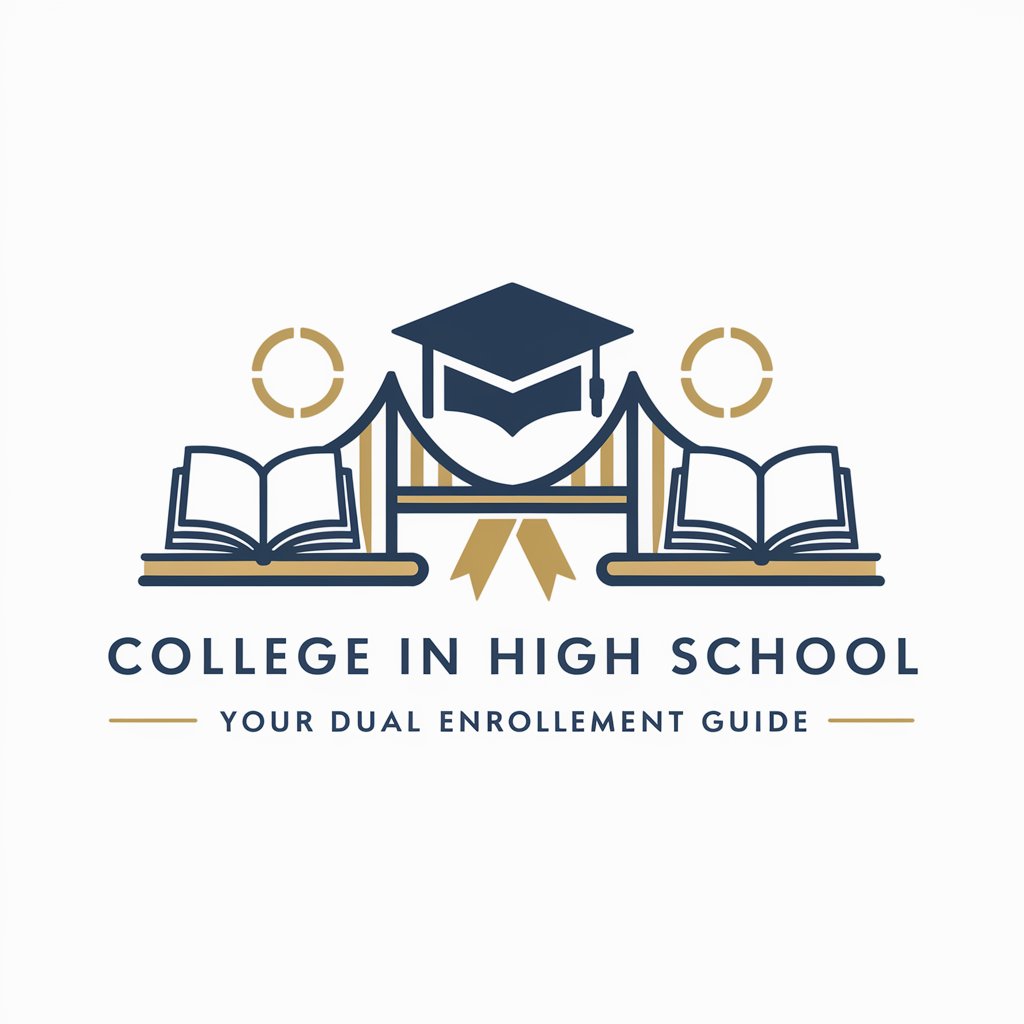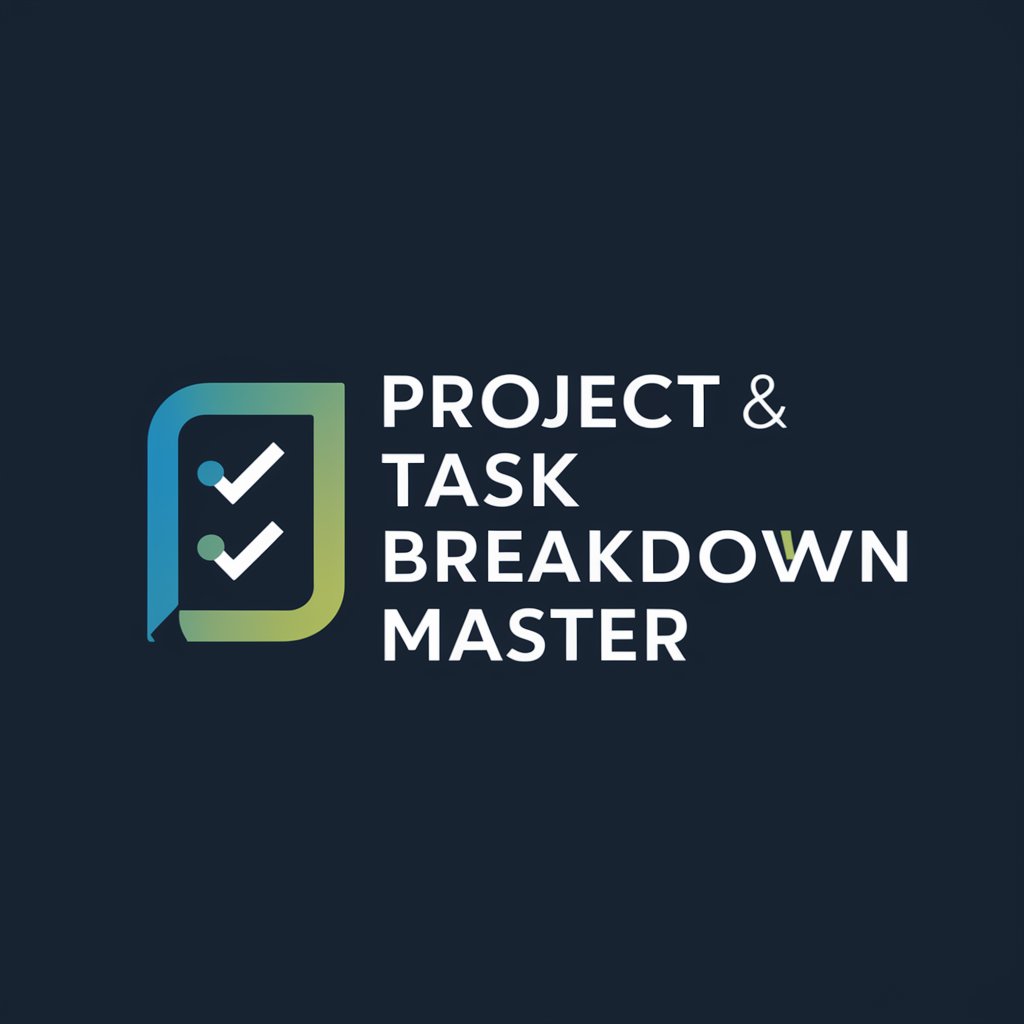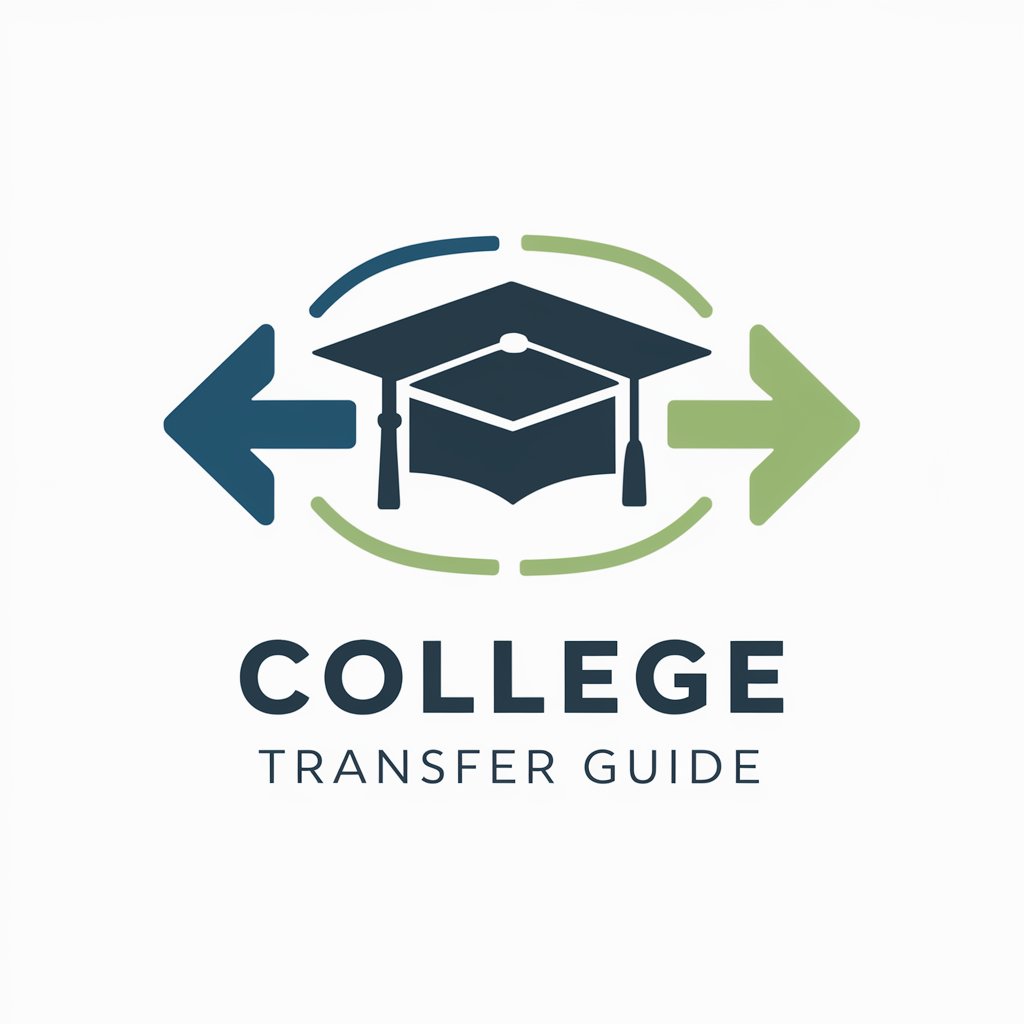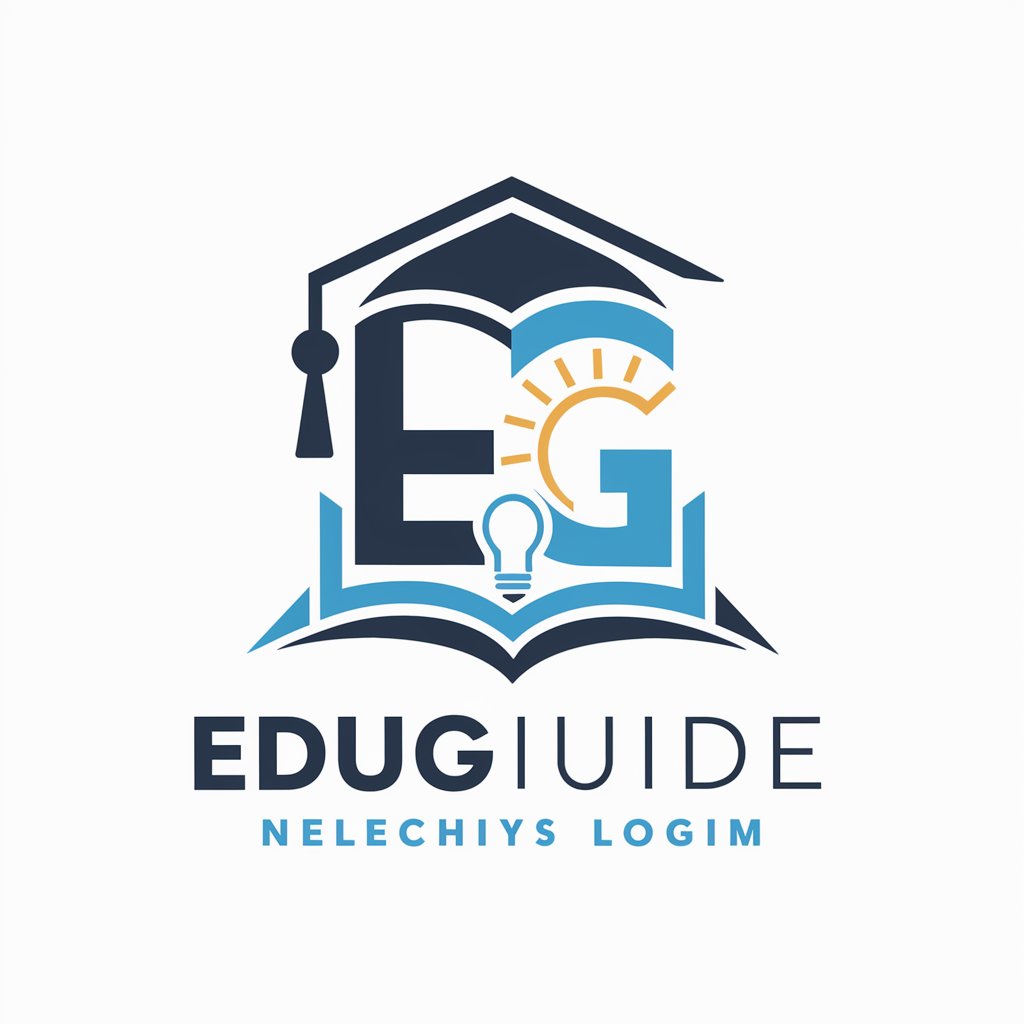
Dual Enrollment Guide - Dual Enrollment Assistance

Welcome to your dual enrollment guide!
Empowering Dual Enrollment Success with AI
What are the key benefits of dual enrollment for high school students?
How can students and parents get started with dual enrollment programs?
What does the latest data say about dual enrollment participation trends?
Can you provide insights into the cost-effectiveness of dual enrollment programs?
Get Embed Code
Overview of Dual Enrollment Guide
The Dual Enrollment Guide is designed as a comprehensive resource aimed at high school students, educators, and families considering or participating in dual enrollment programs. These programs allow high school students to take college-level courses, earning both high school and college credits simultaneously. The guide's purpose is to provide detailed, accurate, and practical information on navigating dual enrollment opportunities, including selecting appropriate courses, understanding the transferability of credits, assessing the cost-benefits, and making informed decisions to maximize educational outcomes. For instance, a scenario illustrating the guide's utility might involve a high school junior exploring the possibility of enrolling in a college-level calculus course. The guide would offer insights into course selection, articulation agreements between high schools and colleges to ensure credit transferability, and financial considerations, thereby facilitating a smoother transition to postsecondary education. Powered by ChatGPT-4o。

Key Functions of the Dual Enrollment Guide
Information on Program Selection
Example
Comparison between AP classes and community college courses for dual credit.
Scenario
A student is unsure whether to take an Advanced Placement (AP) biology class or enroll in a community college biology course. The guide provides a detailed comparison, including the depth of content covered, the learning environment, and the potential for credit transfer to universities.
Guidance on Financial Planning
Example
Overview of potential costs and available financial aid options.
Scenario
A family is concerned about the costs associated with dual enrollment. The guide outlines typical expenses, such as tuition and textbooks, and explains how some states or institutions may offer financial assistance or tuition waivers to dual-enrolled high school students.
Advice on Academic Preparation
Example
Strategies for balancing high school requirements with college coursework.
Scenario
A high school sophomore wonders how to manage her time and coursework effectively while enrolled in dual credit courses. The guide offers strategies for academic success, including time management tips, study resources, and advice on seeking support from both high school and college advisors.
Target Users of the Dual Enrollment Guide
High School Students
Students looking to accelerate their educational journey by earning college credits while still in high school. The guide helps them understand dual enrollment processes, benefits, and challenges, enabling them to make informed decisions about their education.
Parents and Guardians
Family members seeking to support their children's educational aspirations. The guide provides them with crucial information on the financial aspects of dual enrollment, course selection advice, and strategies for academic success to ensure a positive and fruitful experience for their children.
High School Counselors and Educators
Educational professionals who advise students on academic planning and college readiness. The guide serves as a resource to enhance their understanding of dual enrollment options, policies, and best practices for supporting students in navigating these opportunities.

Guidelines for Using the Dual Enrollment Guide
1
Visit yeschat.ai for a free trial without login, also no need for ChatGPT Plus.
2
Explore the 'Dual Enrollment Guide' section for comprehensive information on dual enrollment programs, including eligibility criteria, application processes, and benefits.
3
Utilize the 'Search' feature to find specific information or answers to queries related to dual enrollment, such as college credit transferability, cost savings, and course selection.
4
Access detailed reports and analysis on dual enrollment outcomes, including student performance, graduation rates, and postsecondary success indicators.
5
For personalized guidance, use the 'Ask a Question' feature to get expert advice on making the most of dual enrollment opportunities.
Try other advanced and practical GPTs
Art Masters - Simulated historical advisors
Conversing with History's Greatest Minds

Project & Task Breakdown Master
Streamlining Projects with AI-Powered Task Breakdowns

Zen Friend - Guided Meditation and Self Help
Empowering mindful living with AI

UK Drone Code Assistant
Navigate drone laws with AI precision.

Comprehensive Web Developer
Elevate Web Development with AI Guidance

Expert in art
Unveil the art world with AI-powered analysis.

AI Entrepreneurs SMALL BUSINESS BOOSTER
Empowering Your Business with AI

PhiloGPT
Empowering Philosophical Exploration with AI

The Narrator
Crafting Your Stories with AI

Sand Sculptures
Craft whimsical sand sculptures with AI

Global OTT Explorer
Discover Your Next Favorite Show with AI

Who Am I? RPG
Embark on AI-powered adventures where choices matter.

Frequently Asked Questions about Dual Enrollment Guide
What is dual enrollment and how does the Dual Enrollment Guide assist with it?
Dual enrollment refers to high school students taking college-level courses and earning credits for both high school and college. The Dual Enrollment Guide provides detailed information, advice, and resources to help students navigate and maximize the benefits of these programs.
Can the Dual Enrollment Guide help in selecting the right courses?
Yes, the guide offers insights into choosing courses that align with students' academic goals and interests, ensuring credits are transferable and beneficial for future educational pursuits.
How does the Dual Enrollment Guide address cost-related concerns?
The guide includes detailed analysis on the cost-effectiveness of dual enrollment programs, providing information on tuition savings, available financial aid, and strategies to minimize expenses.
Is the Dual Enrollment Guide useful for understanding college readiness?
Absolutely. The guide provides information on how dual enrollment prepares students for college-level work, enhancing their readiness and confidence for postsecondary education.
Can educators and parents also benefit from the Dual Enrollment Guide?
Yes, the guide serves as a valuable resource for educators and parents by offering insights into program benefits, student support strategies, and ways to facilitate successful participation in dual enrollment.





